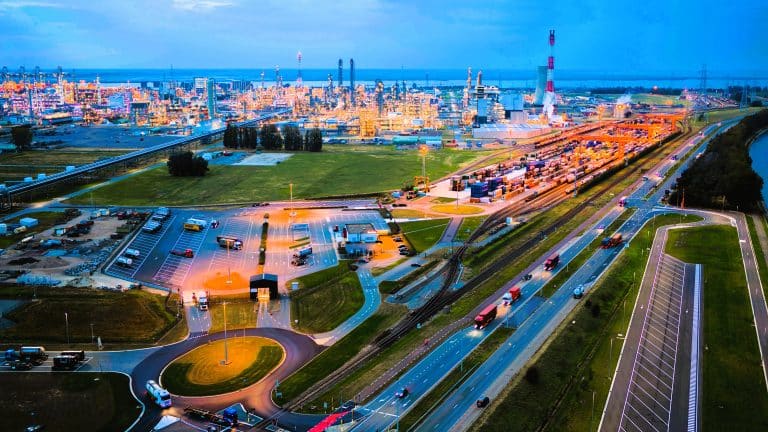 Transport/container & terminals
Transport/container & terminals
Combinant.
Combinant (Combined Terminal Antwerp) is an open access rail terminal for intermodal transport, located in the port of Antwerp.
![]()
Speed, safety and coordination. Across every move.
Inland terminals handle thousands of containers a day, across truck, rail and barge. That complexity demands clarity, control and real-time decision support.
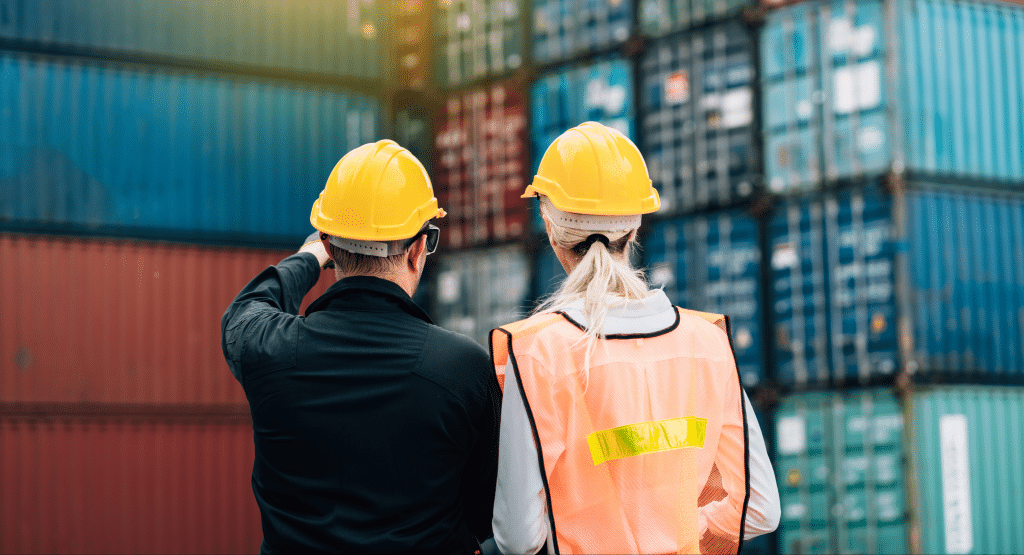
Modern inland container terminals are dynamic ecosystems. Containers arrive and depart via truck, train or barge. Equipment like gantry cranes, reach stackers and straddle carriers operate on tight schedules, while yard planners coordinate storage zones, gate access, inspections, repairs, loading and invoicing — all under pressure to move fast, avoid delays and maintain compliance.
But as the complexity grows, so does the margin for error. A missed time slot, a container in the wrong stack or an outdated yard layout can cause immediate disruption. And when a terminal runs 24/7, there’s little time to recover from manual mistakes. Add stricter rules for dangerous goods, port notifications and multimodal coordination — and it’s clear why smart digital support is essential.
Spreadsheets, point solutions or equipment-specific software often create silos rather than solving problems. They fail to deliver the real-time coordination terminals need — especially when operations scale or vary between sites.
What terminals require is a single operational layer that ties everything together: arrival data, job assignments, equipment routing, stock positions, inspections, and output reports. A system that translates what’s happening on the ground into clear decisions and actions — before small issues become operational delays.
That’s where automation comes in. Not to replace human expertise, but to support it — with better insight, smarter sequencing, and more predictable flows. Whether you’re dispatching cranes, tracking container status or generating invoices, the right tools bring clarity, speed and control to every shift.
At Rekencentra, we support inland terminals with software that simplifies operations — and makes them more predictable.
From dynamic yard coordination to automated job dispatching, our tools streamline container handling, reduce manual follow-up, and improve cross-departmental visibility.
We understand the operational complexity of mixed-modal terminals. Our software is built to support both structured planning and real-time decision-making — whether you’re managing gantry cranes, gate flows, inspection teams or billing processes.
That’s why our systems are modular, visual, and built on real-world logistics logic — not generic asset management templates.
We don’t just digitise workflows — we mirror how terminals actually operate, across users, machines and infrastructure.
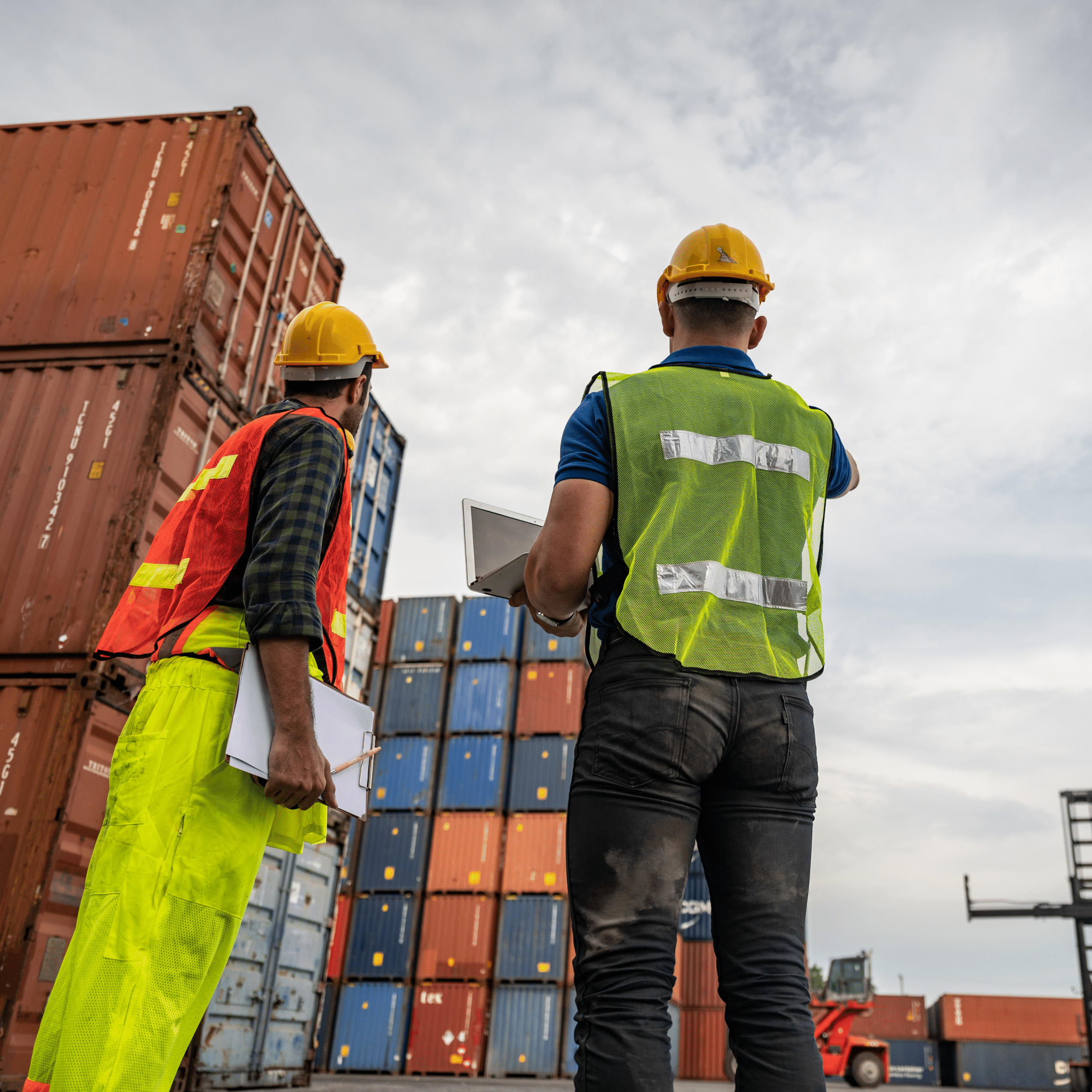
INTERMAN is a full-featured TOS tailored to the needs of inland container terminals. It connects your entire terminal process — from arrival announcements and gate access to equipment routing, inspection tracking, invoicing, and port messaging.
Key features:
Graphical yard interface with real-time visual status
Integration with cranes, stackers, hand scanners and gate kiosks
Automatic job dispatching based on movement logic
Rule-based handling of dangerous goods and regional restrictions
Inspection and repair workflows for empty or damaged containers
Interfaces with customs, planning, EDI, scheduling and billing systems
Multilingual support, scalable modules and on-site configuration
INTERMAN is the result of over 20 years of operational expertise — embedded in a system that helps your team move faster, safer and with full control.
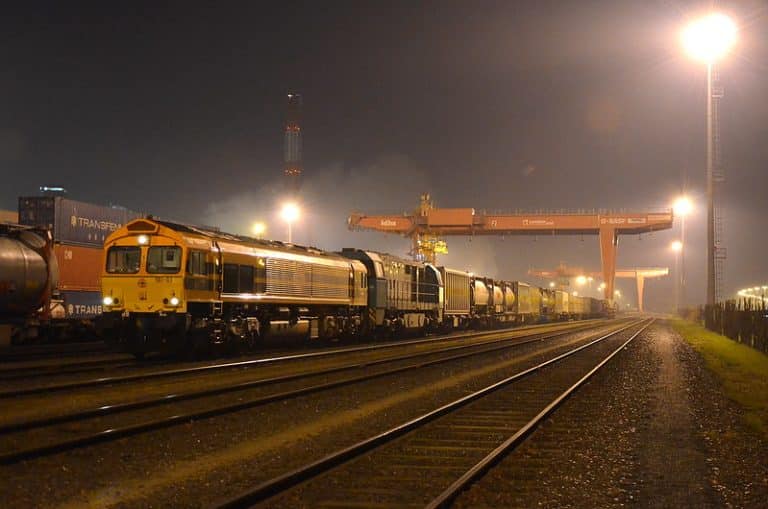
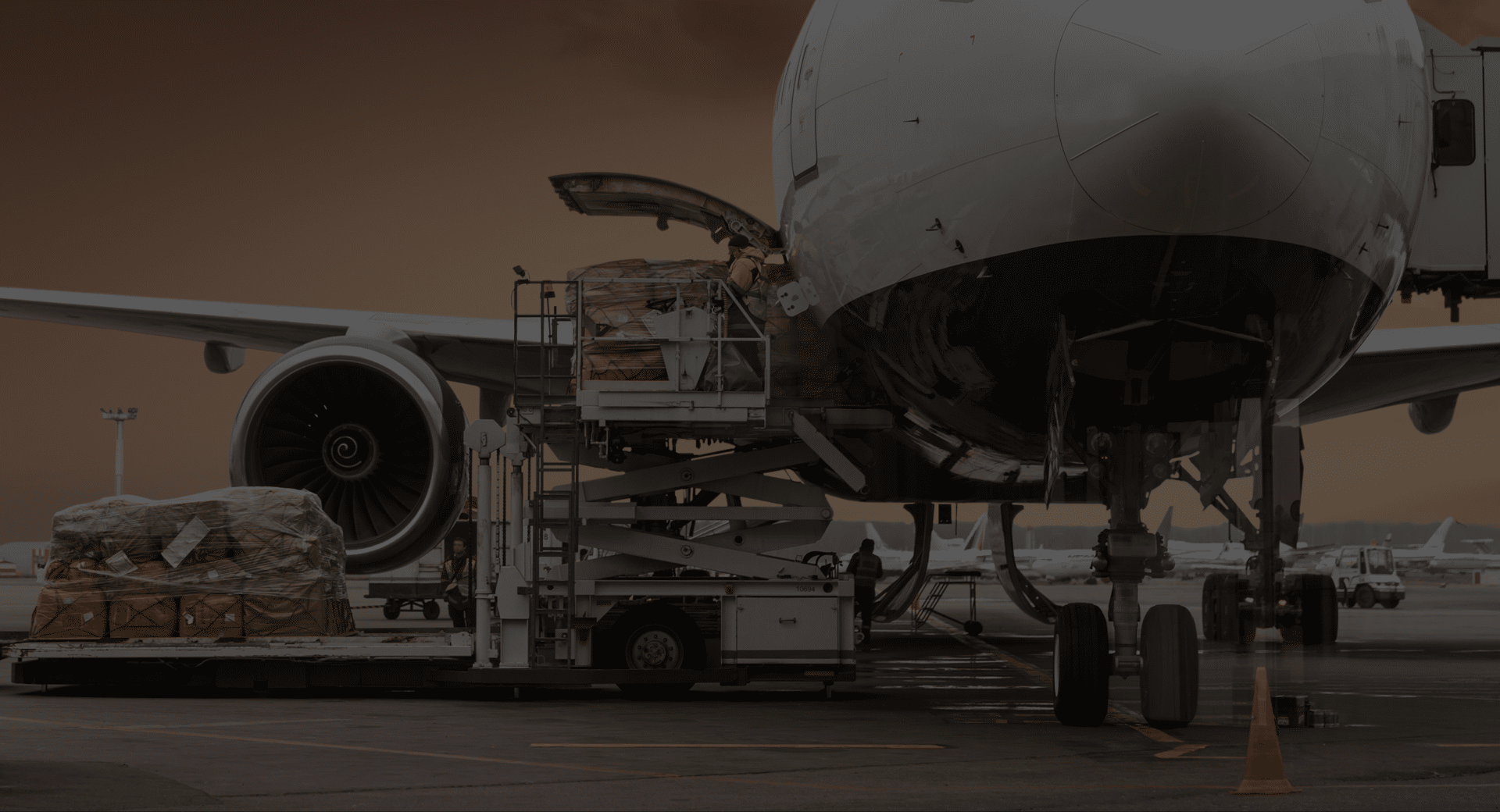
Do you want to discuss your specific challenges or needs? Contact us, and let’s think together. As a technical partner, we can explore how our products fit your use case or where a custom approach may be needed.